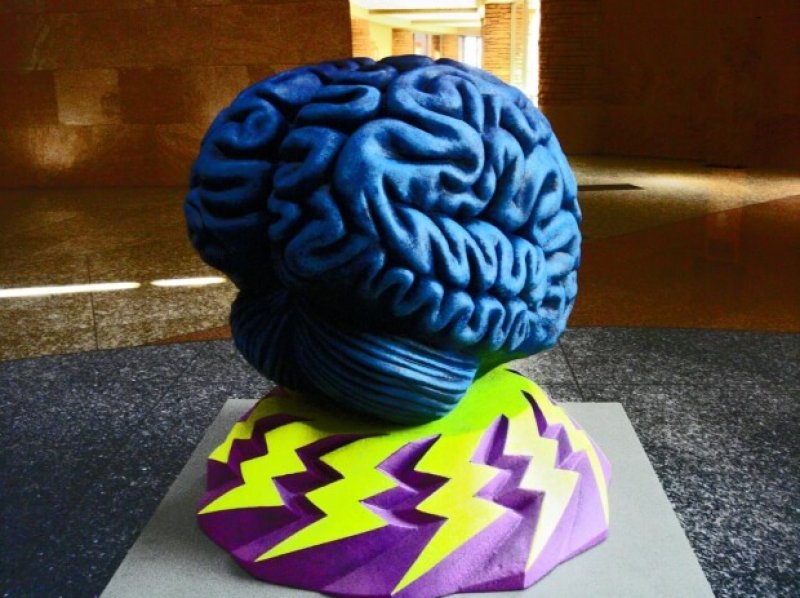A new generation of neural implants could not only provide therapeutic stimulation inside the brains of Parkinson’s patients but are being designed to listen in on the electrical activity of the brain. They could finally shed light on the mechanisms that let deep brain stimulation (DBS) work as a treatment for Parkinson’s patients and help expand DBS to treat a variety of other neurological conditions.
According to Helen Shen at Nature News, new implants use electrical contacts to “record abnormal neural patterns that might correlate with the tremors, slowness of movement and freezing that are hallmarks of Parkinson’s disease.” This is important because
Until now, such data have been accessible only when a patient’s brain is exposed briefly during surgery. But being able to make long-term neural recordings from human patients may become increasingly important — especially because researchers are experimenting with using [deep brain stimulation] as a treatment for many other neurological conditions, including depression, obsessive–compulsive disorder and Tourette’s syndrome.
Even within the realm of Parkinson’s disease, where DBS has established as a treatment method since the 80s, our understanding of how DBS actually helps patients is dim. Shen reports:
The biological mechanism underlying DBS remains mysterious, and is a subject of controversy. “We’ve been guessing a lot over the last decade or two,” says Michael Okun, a neuroscientist at the University of Florida in Gainesville. “It would be premature for anyone to claim they know exactly how the therapy works.”
DBS implants that pull double-duty as both ‘stimulators’ and ‘scanners’ may finally remove some of the guesswork from DBS. They also have the potential to not only provide therapeutic simulation to patients but are able to measure, in real-time, their own effectiveness and adjust their output on the fly, according to Stanford neuroscientist Helen Bronte-Stewart.
All of the potential in these devices hinges on the growing idea that Parkinson’s, depression, epilepsy, and many other neurological disorders can best be thought of as “network dysfunctions.” Shen uses the analogy of “noise” like you might get in television signal from the pre-cable days. Parkinson’s patients’ brains produce “pathological signals that reverberate through multiple brain regions, corrupting their communications.”
It’s worth nothing that even while researchers like Bronte-Stewart are trying to figure out why DBS works for Parkinson’s patients, the idea of stimulating a healthy brain to boost is performance is gaining ground. So far these efforts are limited to less invasive trans-cranial stimulation (tCS), which people can get by wearing futuristic headgear with implanted electrodes. They’re also controversial, as the linked Wired article notes, due in large part to the fact that we don’t understand the neural networks we’re sending signals into much better in healthy brains than we do in sick ones.
If new DBS devices chronicled by Shen help researchers to understand the faulty neural signaling patterns present in Parkinson’s and other diseases, we should be able to correct for them by using neural implants to appropriately “tune” our brains.
It’s not unimaginable that we’d also be able to tune healthy brains to improve their cognitive output.
Kenrick Vezina is Gene-ius Editor for the Genetic Literacy Project and a freelance science writer, educator, and amateur naturalist based in the Greater Boston area.
Sources:
- “Neuroscience: Tuning the brain,” Helen Shen | Nature News
- “Read This Before Zapping Your Brain,” Christian Jarrett | Wired
Additional Resources:
- “Brain science pioneer shifts focus of NIMH to basic neuroscience and genetics,” Benedict Carey | New York Times
-
“Biotech start-up Voyager Therapeutics uses new gene therapy to attack diseases,” Callum Borchers | Boston Globe































